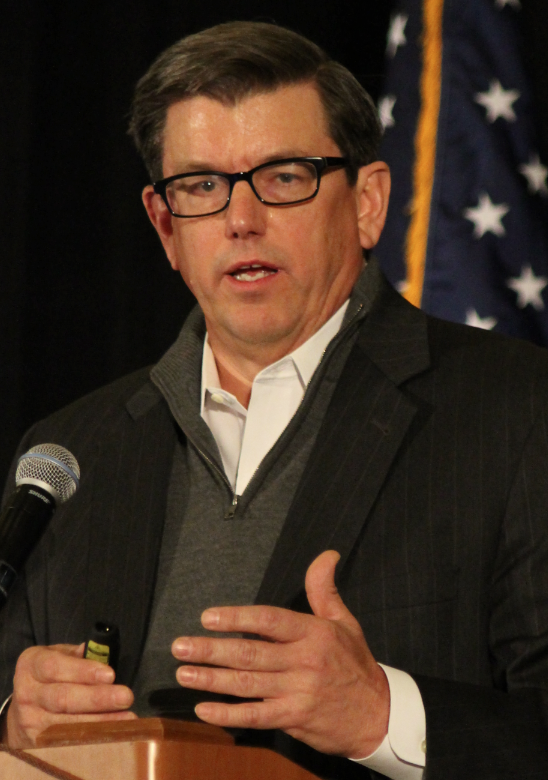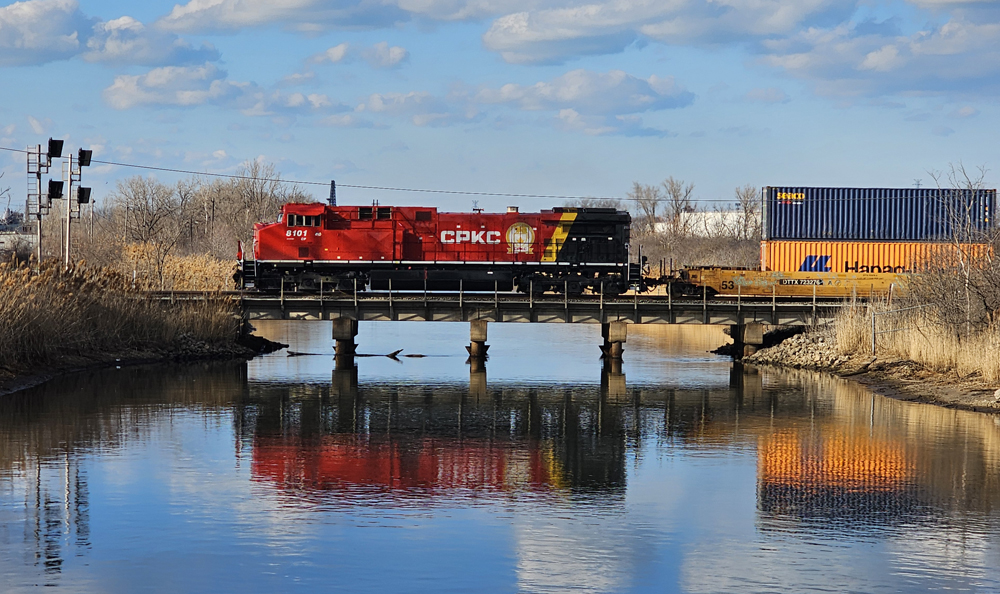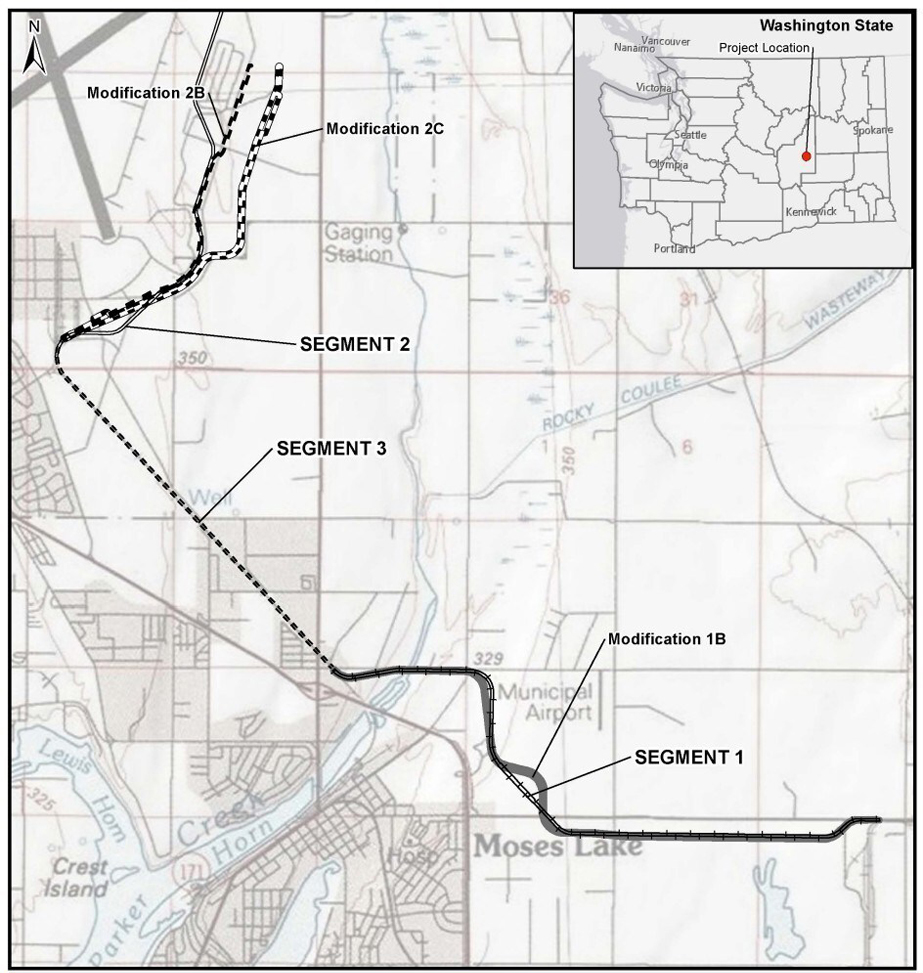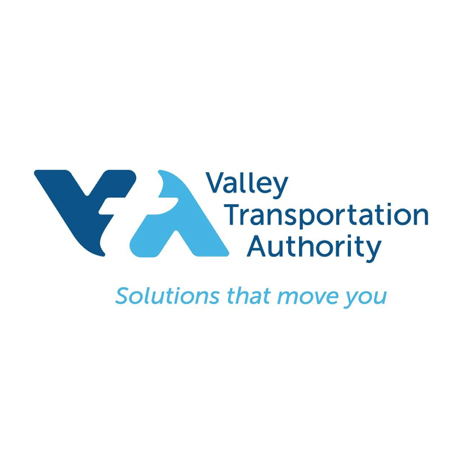“While we have taken and continue to take steps to counteract those slowdowns to the extent we can, as the board knows, the rail system is heavily interconnected,” CEO Patrick Ottensmeyer wrote in a letter to federal regulators. “Accordingly, our success in overcoming slowdowns depends on not only our efforts but also the efforts of our connecting and host carriers to overcome issues on their networks or to find rerouting opportunities.”
KCS has experienced congestion on its route between Beaumont and Laredo, Texas, which relies on UP trackage rights between Beaumont and Rosenberg and Victoria and Robstown.
The railroad has historically had higher recrew rates between Beaumont and Kendleton, near Rosenberg on the western outskirts of Houston, due to the complexities of moving through Houston on UP.
But the recrew rate between Beaumont and Kendleton is “far above normal, with…recrew rates 58 percent above this time last year,” Ottensmeyer told the Surface Transportation Board in a letter dated April 5 and posted to the agency’s website today.
UP has seen its key performance measures deteriorate since last summer. Last month UP told federal regulators that it is capacity constrained in Texas and Louisiana, where it has experienced significant traffic growth.
To ease congestion, UP has shifted some classification out of yards in the region, brought in crews from elsewhere on the railroad, and stepped up hiring. It’s also building a new hump yard in Hearne, Texas.
Ottensmeyer says his railroad is “adequately equipped to meet expected demand, but a continued lack of available reroutes or lack of improvement in the circumstances that are impairing access through Houston will impede our recovery efforts.”
UP CEO Lance Fritz has not put a timeline on his railroad’s service recovery.
Over the past three years UP and KCS have teamed up on $50 million in capacity improvements in the Brownsville Subdivision, including new passing sidings and the addition of centralized traffic control, Ottensmeyer says0.
Kansas City Southern’s 1,072-unit locomotive fleet is adequate for this year’s anticipated traffic. But the railroad is considering a locomotive purchase to receive additional units in early 2019, Ottensmeyer wrote. The railroad has 65 units in storage but added 25 short-term lease units to the fleet at the end of 2017 to compensate for the slowdown in the Houston area.
KCS continues to hire new conductors in line with its growth outlook and to offset attrition.
Two of KCS’s 10 major yards — Laredo and Port Arthur, Texas — are experiencing increased dwell. Cars are spending more time in those yards due to the lack of fluid operations through Houston, Ottensmeyer wrote.
Responding to grain and auto shippers’ complaints to the STB, Ottensmeyer noted that KCS was not singled out in a letter the National Grain and Feed Association send to federal regulators.
But he disagreed with the grain shipper group’s assertion that all Class I railroads are shedding resources. KCS has expanded its locomotive fleet, he noted, and has expanded its grain hopper fleet by 33 percent since 2012.
The slowdown that has affected four of the Class I systems this year – Canadian National, Canadian Pacific, Norfolk Southern, and UP – is having a significant impact on automakers. As autorack cycle times increase, fewer empties are spotted on time at assembly plants, and new vehicles are overflowing storage lots.
KCS-served auto assembly plants in Mexico are not receiving their allotted share of autoracks, and the number of vehicles awaiting loading was up more than 50 percent above targets last month, Ottensmeyer wrote.
“As an originating carrier, KCSM relies on the U.S. roads that terminate traffic to supply KCSM with the empty cars required to meet loading requirements,” Ottensmeyer wrote. “For the first three weeks of March, KCSM received approximately 50 percent of the bi-levels ordered.”
The majority of empty multilevel cars bound for Mexican assembly plants on KCS move through the Houston area, compounding the shortages, Ottensmeyer wrote.
KCS was the seventh and final Class I railroad to respond to the STB’s request for service outlooks for the rest of the year.















One thing not mentioned is that the KCS is “storing” grain trains in various sidings up and down the railroad, including the one across from the school in which I work in Oklahoma. Cave Springs Siding was put in a few years ago to help with moving traffic through the area, but there’s been a train in the siding since Friday.
When investors vote in leaders like Hunter Harrison to eliminate as much equipment , employees and trackage as possible to maximize their investment returns trouble happens. When you take money away from infrastructure investment for future planned growth and instead use it for stock buy backs to jack up the stock value and create bonuses for management then you also cripple the railroads.
Without some re-regulations poor performance by the railroads will continue. The hands off policy of the STB has gone too far. The railroads are surviving on default freight. As long as they make money on that, barring regulation, they have little incentive to expand to find customers for higher value freight. It is a bad situation that we have so called leaders still learning how to run a railroad for today’s traffic requirements.
Sounds to me like it is time for “rent a railroad”. If UP can’t get KCS through Houston it should let KCS re-route on lines that miss Houston until the situation improves.
@Curt Warfel
I certainly understand your frustrations with rail shipping as of late. Being both an Economist and investor (plus history reader), I have watched the magnitude of poor service by the railroads ripple across other transport sources in a VERY negative way. Believe me, I find it so disgusting when transportation takes so long to adjust to upswings in traffic, whether air, rail, trucks, or maritime.
I have watched service deteriorate severely particularly on CSX (of which I’m sure you’re people have had immense trouble since summer 2017.) Where issues occurred, they were taken care of accordingly. But when a major investor group barges into top management with focus strictly on the bottom line and nothing else– yes, Mr. Warfel– then everyone involved: shippers, receivers, the railroad, trucking companies, maritime, common folk (the list goes on), suffers in some form.
Now, while there is a need for keeping the investment community happy, some upper management lately on certain railroads, I agree Mr Warfel, have taken things a bit too far when it comes to practicality of operation (and I’ve seen this type of problem first hand working a small warehouse last year.) Too much focus in “happy investors”, with little regard for customers, especially the smaller ones (25 cars or less a week), does in the long run have woeful impact on railroads. The unfortunate consequences of those actions: investment scrambles for crews and equipment, backlogged freight, economic impacts domestically and abroad (if imported/exported), and just overall nasty times when management does not consider the harsh facts of too low of an O.R.
I remember when John Rebensdorf of Union Pacific warned Ike Evans and Dick Davidson two years prior (and many times again during that period) that a serious shortage of train crews and locomotives was going to become problematic with a forecasted increase in traffic. Well, Rebensdorf words were repeatedly disregarded until it was too late. Starting in fall of 2003, his warnings came true and it took UP two years to overcome the problem of crew and locomotive shortages and rehabbing lines that were still in rough shape from the merger with SP.
So, overall, yes the railroads should focus on their bottom line and keep investors happy (like me.) However, though I am an investor with the railroads, I believe (and agree Mr. Warfel) there should be a better balance of not only rail provided customer service with investors, but also, in my opinion, the government should get off the railroads backs and let them run their operations in a manner that does strike a happy balance between the investors and customers like the freedoms the railroads had in the 1980’s and early 90’s.
Two good railroads out of seven isn’t anything to be happy about. KCS and BNSF make themselves proud. CSX, NS, CP, CN and UP all ought to be ashamed of themselves and their management should do us a favor and quit.
Stephen:
A lot of the money railroads are earning is going to buy back stock and keep the investment community happy. If the Class 1’s were actually plowing money back into their properties for customer’s do you really think service would be as bad as it has been in recent months on UP, NS and CN or last year on CSX?
I have worked as a rail shipper for almost 40 years now and have experienced more crappy rail service in the past 10 years than in the previous 30 combined; and this despite the billions spent on capex and all the mergers that were supposed to eliminate bottlenecks and improve service.
Railroads have a long standing habit of rapidly cutting resources at the first sign of a downturn and then taking forever to add resources back as traffic rebounds. And they damn sure aren’t doing it in this manner to please their customers.
In the past two weeks we have had one of our production sites shut down for three and a half days because the serving carrier failed to switch in raw material cars we told them were critical. Earlier this year, another of our plant sites was receiving such sporadic service that we went one seven day period and received a single switch. While we avoided a complete shutdown in that instance, we had to reduce our production rate because we had insufficient empty cars to sustain a normal production rate. The reasons behind these service failures were insufficient crews and too few locomotives.
And at the same time we were experiencing these service failures; Wall Street analysts were beating their drums for reduced headcount and lower costs.
Railroads need to strike a balance between the investment community’s requirements and those of their customers. I acknowledge this makes for a tough job but; it’s why CEO’s get the big bucks..
Interesting CSX is not listed as one of the class 1’s having slowdown problems.
Why is KCS leasing 25 locomotives if they have 65 in storage?
Let the cars made in Mexico ROT ! I hope they never make it to the US. They should be making them in the US in the first place . I only 2 cars and they were made in the USA. Sorry KCS
@AL DICENSO
If railroads did not put focus into O.R, then they would not be able to adequately invest in their networks for customer service and all railroads would ultimately end up like Penn-Central and Rock Island. Back when UP acquired SP, there was not the deep O.R. focus as today, but during that time, UP’s O.R. rose to the point that they were barely (if any, at times) making money for reinvestment. One such quarter in 1999, UP’s O.R. rose to 101.4. As a result, they were having to dig into what financial reserves they had to stay afloat. Railroads as a whole don’t sell products, they sell service. Yes, there are times when they have harsh slip-ups (unlike the troubles with Hunter Harrison’s legacy on CN, CP, and CSX), but railroads cannot just up and hire, train, and employ people in just 4 weeks, like trucking does. Trains are much more complex and require far more training to safely get traffic from origin to destination in both train crews and yard management.
As long as these idiots keep focused on O.R. instead of customer service, they will continue to shoot themselves in the foot.
This is why all the Automotive producers are starting, and increasing short sea shipping from Mexico to the US for finished autos. Rails can’t handle it